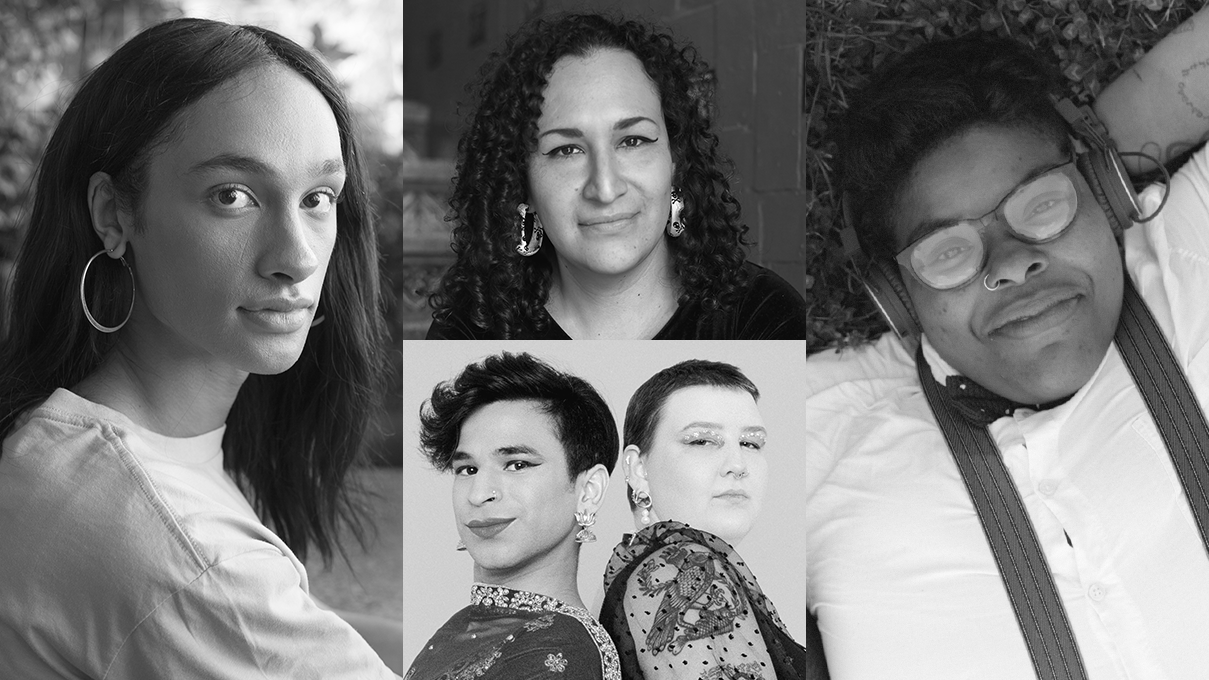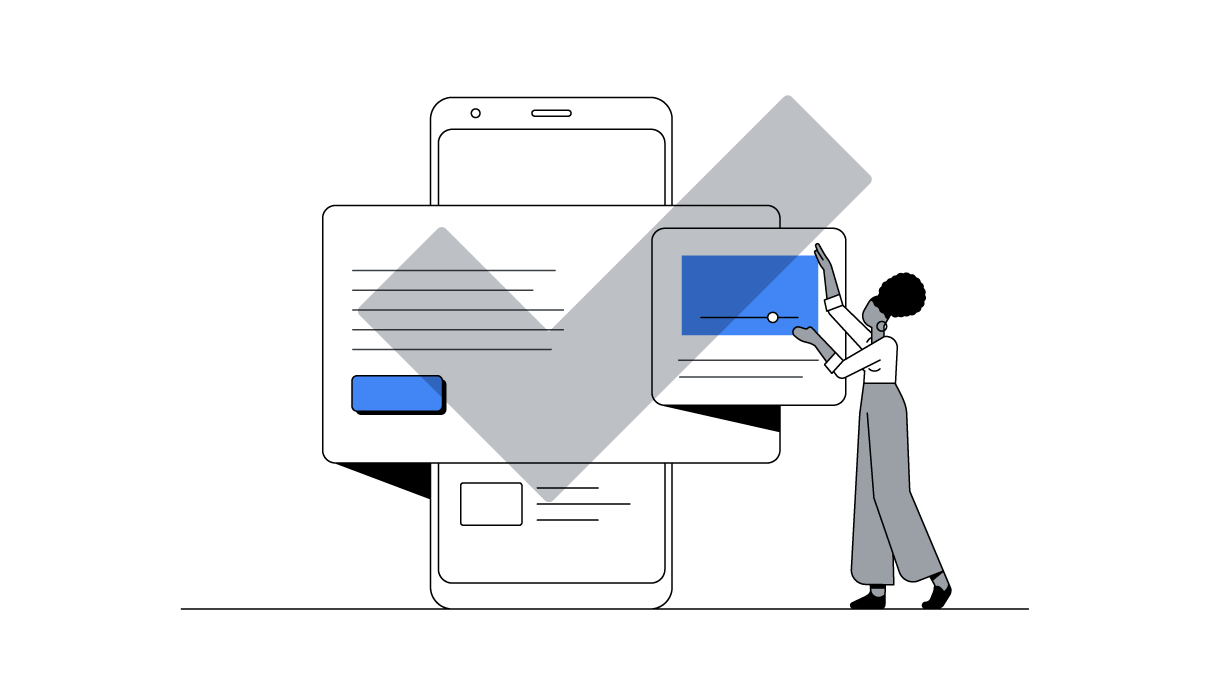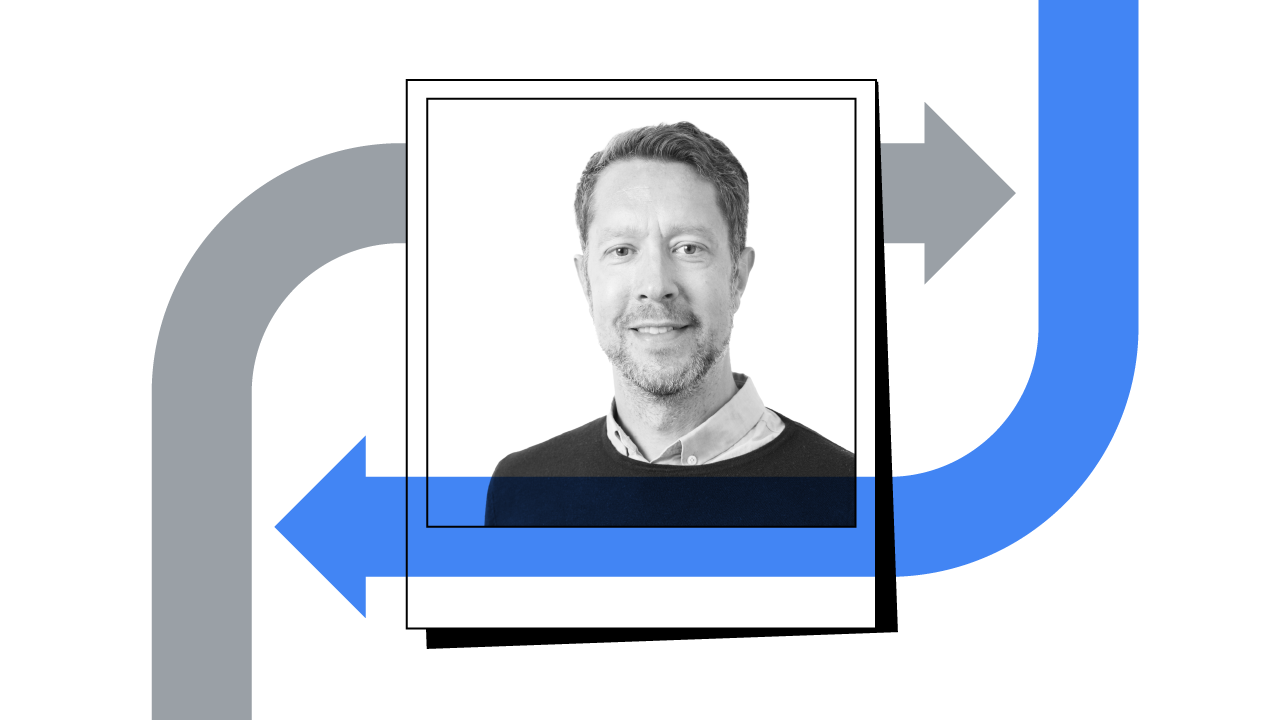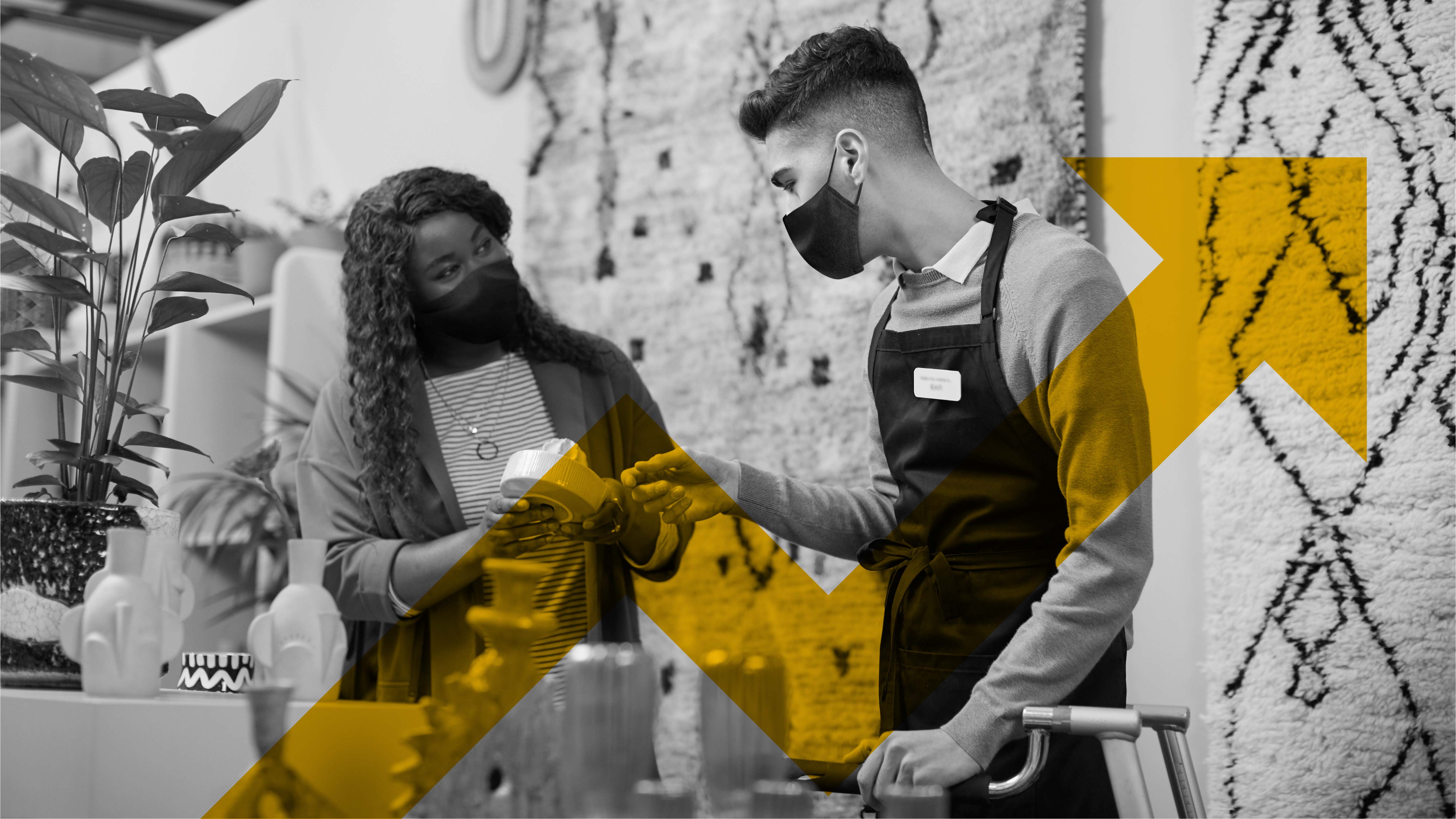Hannah Frankl is a product marketing manager on the Google for Startups team and a disability inclusive marketing specialist. Here she shares how the ad industry can work to better represent people with disabilities in marketing.
According to the United Nations, people with disabilities are the largest minority group in the world. This community has a presence in every market and the buying power to prove it, but you would never know that from watching today’s ads.
A study of Cannes Lions winning and shortlisted ads by the Geena Davis Institute on Gender in Media (GDIGM) found that only 2.2% of characters in 2019 ads had a disability. With over 15% of the global population experiencing some form of disability, brands — including ours — have a major opportunity to improve the way we represent our audiences in our marketing. And it’s important for us to consider not only who is portrayed, but how.
Invite perspectives at every stage
Those familiar with the disability rights movement (DRM) might know the phrase, “Nothing About Us Without Us.” The slogan, which originated with early disability rights activists, refers to the right of underrepresented groups to participate directly in shaping the policies that affect them. But it’s also apt when it comes to the creative process.
From ideation to launch, marketers must bring the perspectives of disabled people into the creative process to guide storytelling and content. Seek out opportunities to convey that people with disabilities use your products, and make sure that only disabled actors are cast to play disabled characters.
We in the industry have a long way to go toward representing the nuances of disability. In the same GDIGM study of Cannes Lions ads, 1.5% of characters depicted had a physical disability, 0.5% had a cognitive disability, and 0.2% had a communication disability. But in light of the fact that nearly 1 in 7 people on the planet has a disability, these numbers are very low.
Disability status in 2019 film and film craft ads
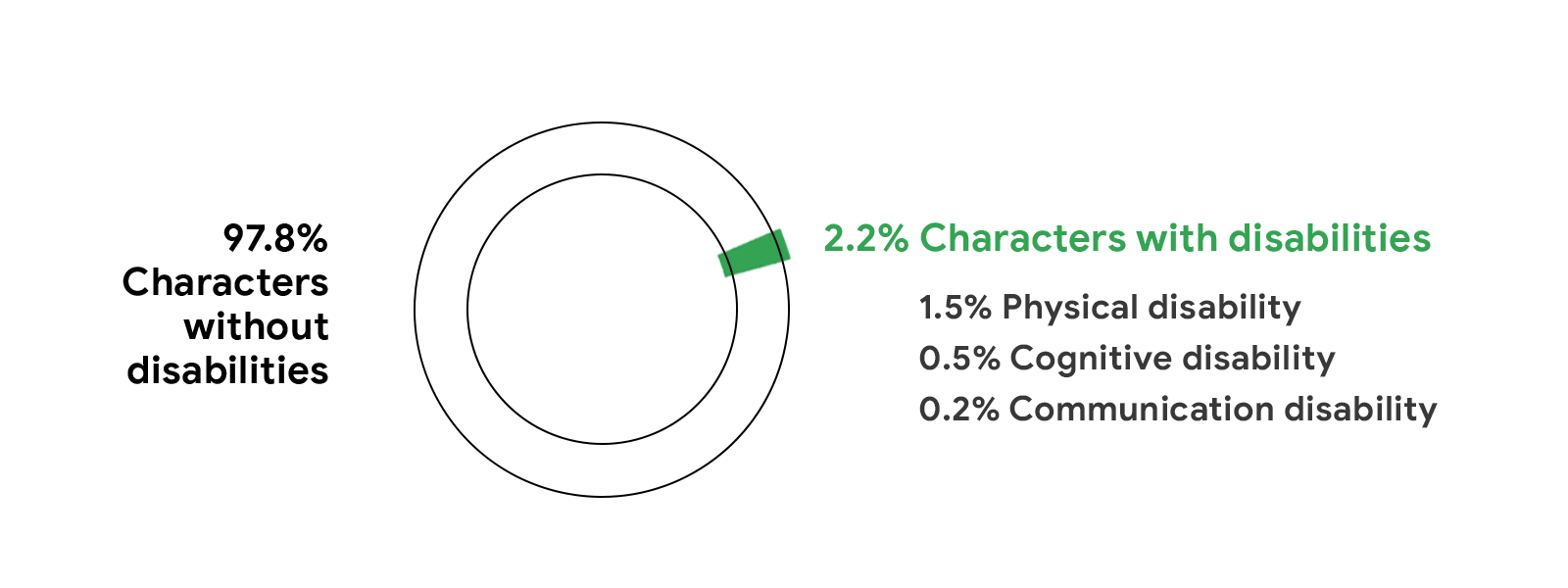
When amplifying the voices of the disability community, it’s important to remember that no two experiences are alike. Disability exists across race, gender, socioeconomic status, and other facets of identity. To better serve our audiences, we must consider a wider range of perspectives and intersectional experiences from the start.
Share real stories about disabilities
Too often, media representations of disability feed into negative or harmful stereotypes. Making sure that disabled characters are represented in everyday situations, with an emphasis on independence, can help combat bias. Whenever possible, tell real stories grounded in fact. Doing so will help you avoid common tropes, such as
- The wheelchair user. Representations of disability too often rely on markers of physical disability. And most wheelchairs used in ads are the hospital kind, not the kind someone would use daily.
- The neurodiverse genius. According to the GDIGM study, people with disabilities are more than 4X times as likely to be depicted as “smart” than characters without disabilities.
- The White guy. Over two-thirds of characters with disabilities in film are male, according to a study of top-grossing films by USC Annenberg — and that’s after depictions of female characters increased by 19% in 2015. What’s more, 74% of characters with disabilities were White, while 25.5% were from underrepresented racial/ethnic groups.
Make your marketing accessible
Marketing cannot be considered inclusive of people with disabilities if it is not accessible. Whether you are running an event, making a video, or even writing an email, it’s important to ensure that every aspect of the user experience can be experienced. For example, hyperlinked text should always provide context so that users know what to expect when they click. This makes your website much easier to navigate using a screen reader.
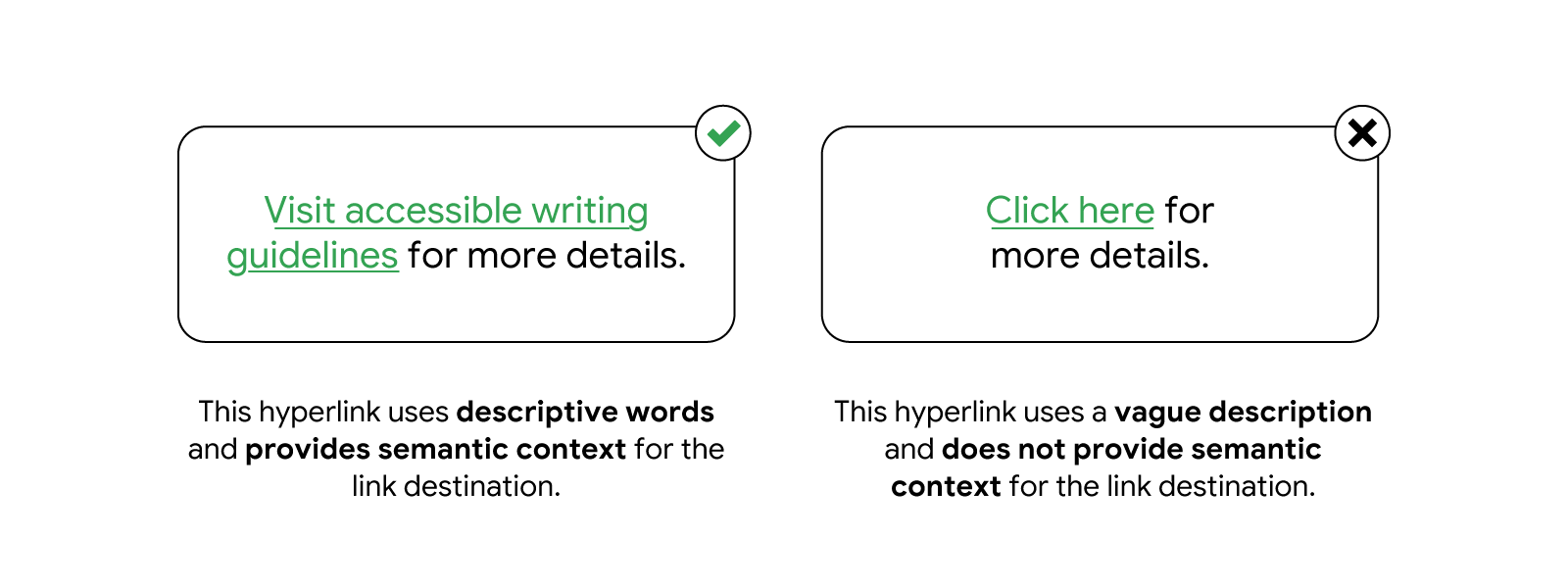
For public events, selecting an accessible venue is not negotiable. But as we’ve seen since the start of quarantine, live streaming has the potential to make an event accessible to more people, as long as the live stream is easy to find and features live captioning. Similarly, sharing presentation materials ahead of meetings is one way to make your workplace more inclusive.
“Events that take into account accessibility from the start best serve people with disabilities.”
“Often, online and offline events tack accessibility on at the end like an afterthought,” said Kunho Kim, founder and CEO of Muui, a Seoul-based startup that promotes authentic and empowering portrayals of the disability community. “In my experience, events that take into account accessibility from the start best serve people with disabilities.”
The best way to make your marketing accessible, avoid stereotypes, and tell intersectional stories is to ensure that your creative and production teams reflect the communities you want to reach. Those with firsthand knowledge of an experience will be best equipped to design for it and translate it to the screen.
“People with disabilities are, by nature and necessity, creative change-makers,” said Susan Lang, founding president and CEO of Lime Connect, a professional networking organisation in the disability talent space. “Empowering people with disabilities as a creative resource unleashes incredible innovation that can benefit both companies and customers.”
